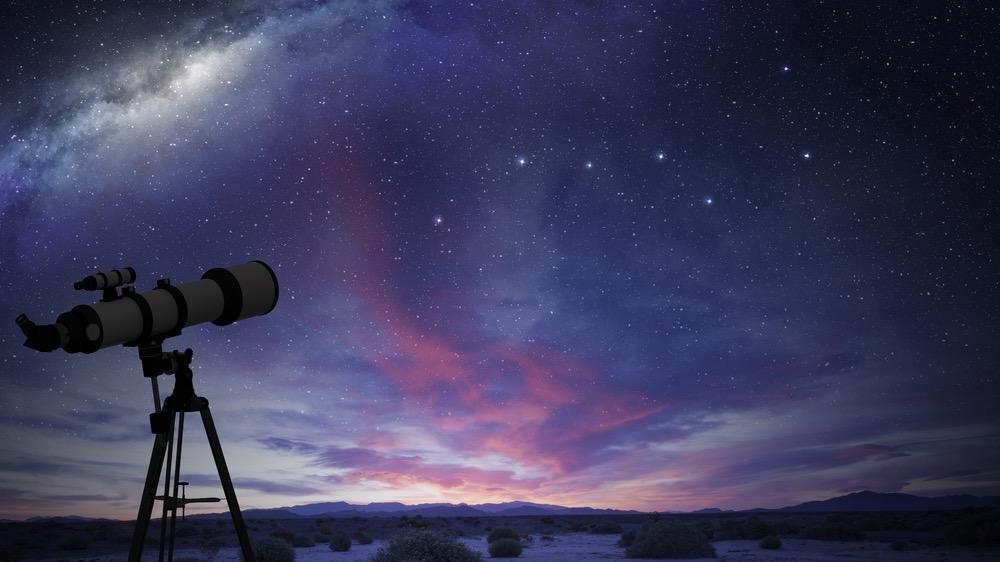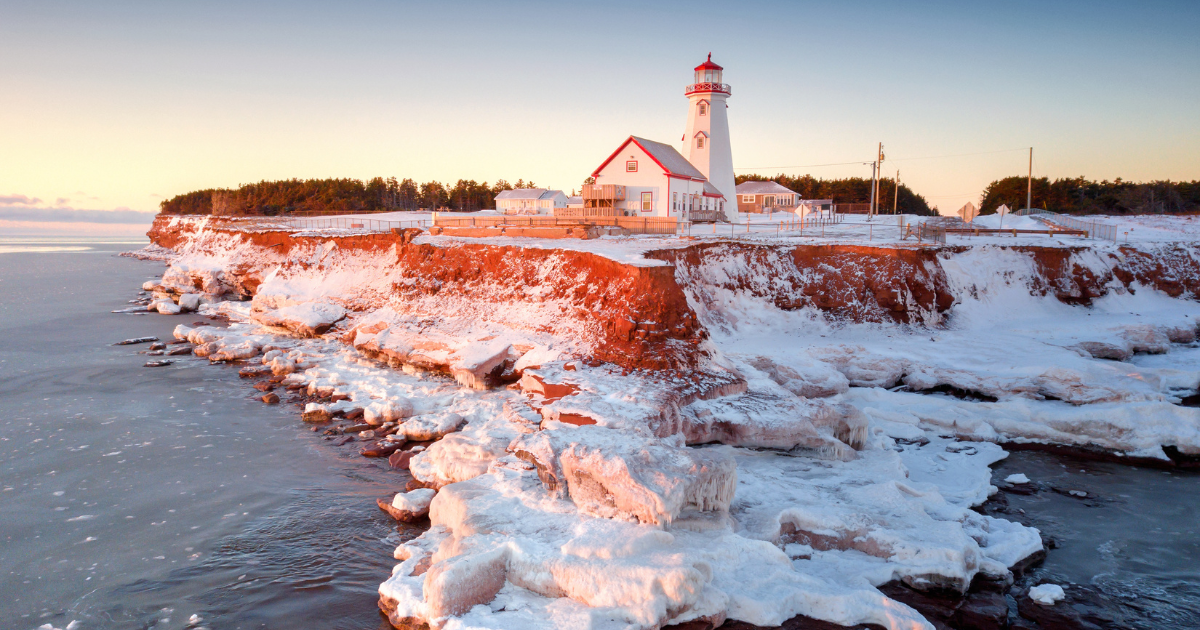Getting out to see the night sky is a visual adventure in astronomy and more impressive than just reading about it. To help make the dark night sky more accessible, the Royal Astronomical Society of Canada (RASC) has embraced over two dozen sites across Canada into their Dark-Sky Sites Program. Sites fall under “dark-sky preserves” (DSPs), which have very dark night skies with visitor services; “nocturnal preserves” (NPs), which are dark and have no services; and “urban star parks” (USPs), which have fair skies and public access. The DSPs and NPs are usually remote, but USPs can be in your neighbourhood. Here are three fantastic urban star parks in Canada.
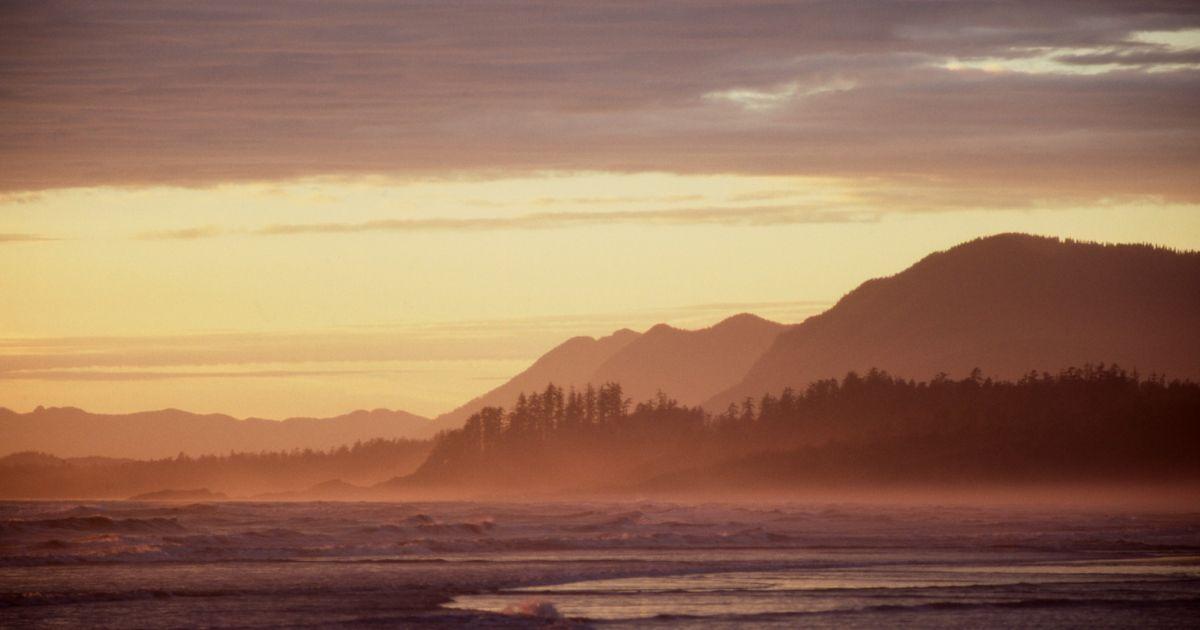
Cattle Point, B.C.
The sun sets in the west, so the West Coast is the last place to see daylight in Canada. On the eastern side of
Victoria is Cattle Point, which overlooks the bio-rich Salish Sea between Vancouver Island and the city of Vancouver and has been designated a Canadian urban star park.
Located south of Beach Drive, Cattle Point is a popular site for boat launching, as it swings southeast through Uplands Park, a conservation area. Although there are two streetlights over boat-launching ramps at each end of the site, they are fully shielded and are turned off in the evening, leaving the sky dark for viewing the stars.
Cattle Point looks east, indeed a fine place to view the rising full moon every month. Another interesting project for early risers is to watch for the point where the sun rises each day. It will move northward along the horizon in the winter and spring, and southward in the summer and autumn.
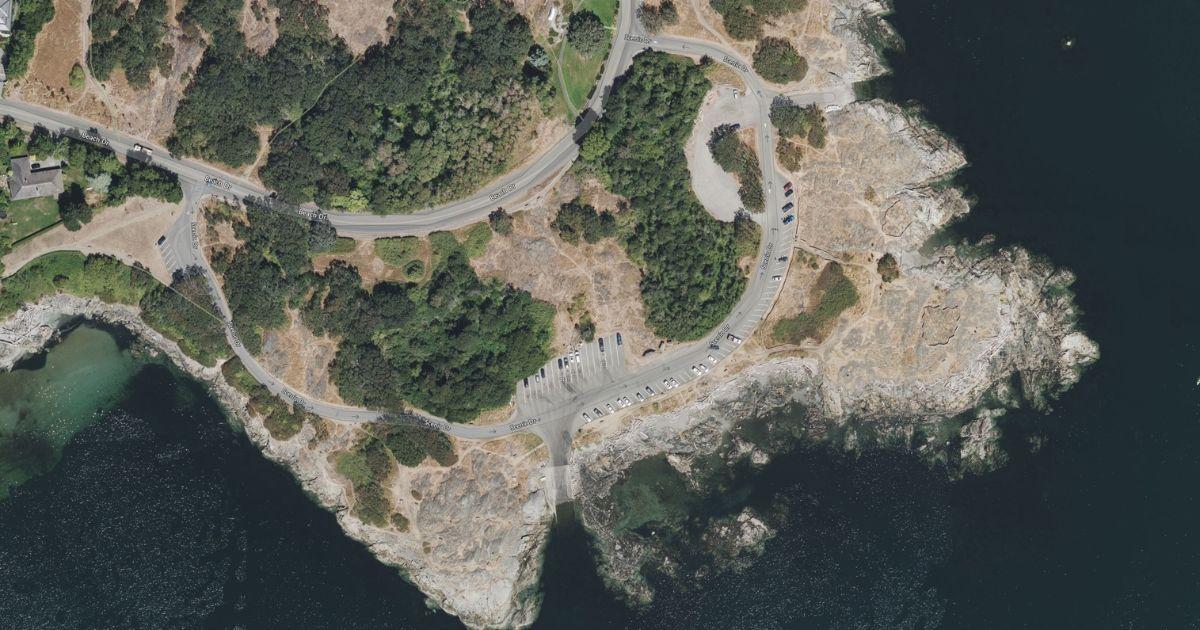
But isn’t there too much light pollution in a city to view the stars? Sometimes, but cities need not be a complete wasteland for stargazing to be possible. True, there is a lot of light pollution, but there are two
types of light pollution, and they have different effects on our view of the night sky. Understanding them will help you find a good site in your neighbourhood.
We are familiar with the light that brightens the sky above a city. It is most visible when looking back at the city from a remote site. It is created by commercial, roadway and residential lights shining directly into the sky and scattering off particles in the lower atmosphere. This is called artificial (anthropogenic) sky glow, and it overwhelms the light of faint stars. It is certainly an inconvenience and a waste of light and energy.
But a more damaging form of light pollution is the glare from exposed lamps, which prevents us from seeing past the illuminated areas, leaving us feeling isolated and “on display.” This glare makes the sky look black and starless. By shielding these exposed lights, we can see much better — especially if these light fixtures emit only amber-coloured light, which has a lower-glare impact. In fact, you can see the stars better in a city with well-shielded light fixtures than you can in the country if local fixtures are not shielded.
With the lamps shielded and out of our field of view, we can see all the major constellations, brighter meteors and even the occasional aurora. From a light-polluted backyard, you may see the Big Dipper (in the northeastern winter sky), which is only the hind quarters of Ursa Major (the Big Bear). But from a USP, you may also see the legs, head and snout of the Big Bear, and maybe even Draco, the dragon constellation, as it meanders between the Big Bear and the Little Bear before curving south to the constellation Hercules.
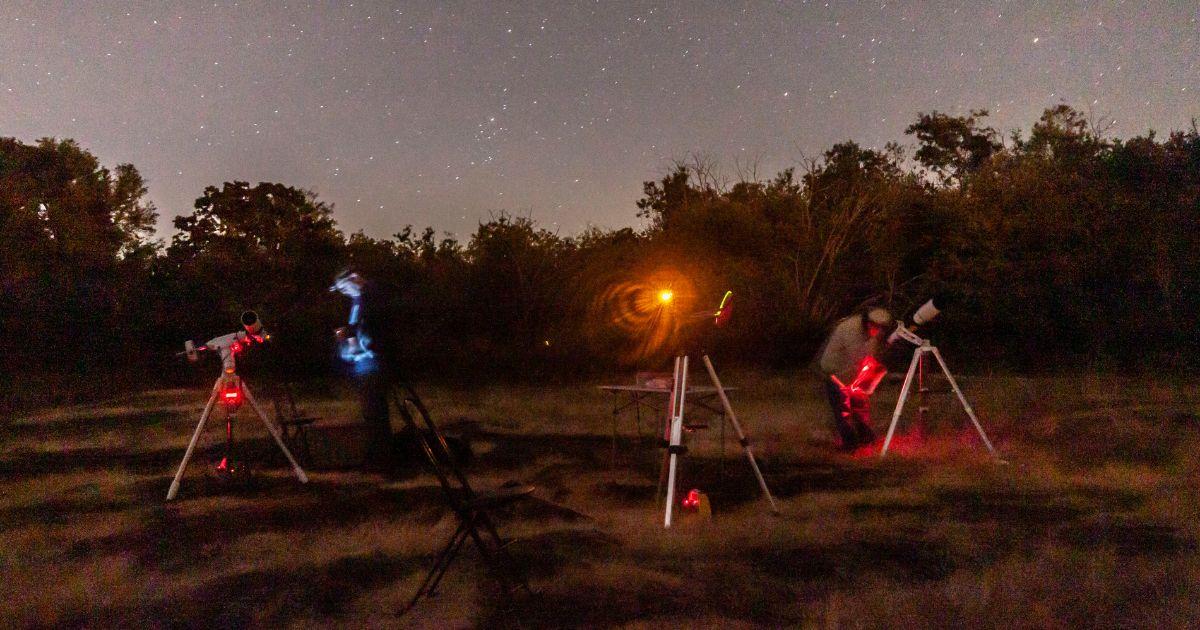
Irving Nature Park, New Brunswick
There is also an urban star park located in Saint John, New Brunswick. The 2.5-square-km Irving Nature Park (a private conservation area allowing public access) is conveniently located south of the city. If sightseeing is more your style, you might like to take in another astronomy attraction near Victoria.
Dominion Astrophysical Observatory, B.C.
Less than 30 minutes north of Victoria, off Highway 17A (West Saanich Road), is the Dominion Astrophysical
Observatory (DAO). This telescope, with a 1.8-metre mirror, was the largest in the world when it saw “first light” in 1918. There is a small visitors’ area on the ground floor of the dome. The Friends of the DAO are raising funds to revitalize the Centre of the Universe, a public outreach facility located beside the observatory.
Would you like a star park in your community? Look around for an accessible park in your neighbourhood that is light-free, or at least has fully shielded lights as well as brush and trees that block the light from beyond the area. Talk to your city councillor and have the city protect its nightscape with no installed lights or at least fully shielded low-brightness amber lights.
Creating an urban star park usually doesn’t cost the city anything, yet it will provide a lasting inspiration to the neighbourhood 24-7, instead of just from dawn to dusk.
One of Canada’s foremost writers and educators on astronomical topics, the Almanac has benefited from Robert’s expertise since its inception. Robert is passionate about reducing light pollution and promoting science literacy. He has been an astronomy instructor for our astronauts and he ensures that our section on sunrise and sunset, stargazing, and celestial events is so detailed and extensive it is almost like its own almanac.

